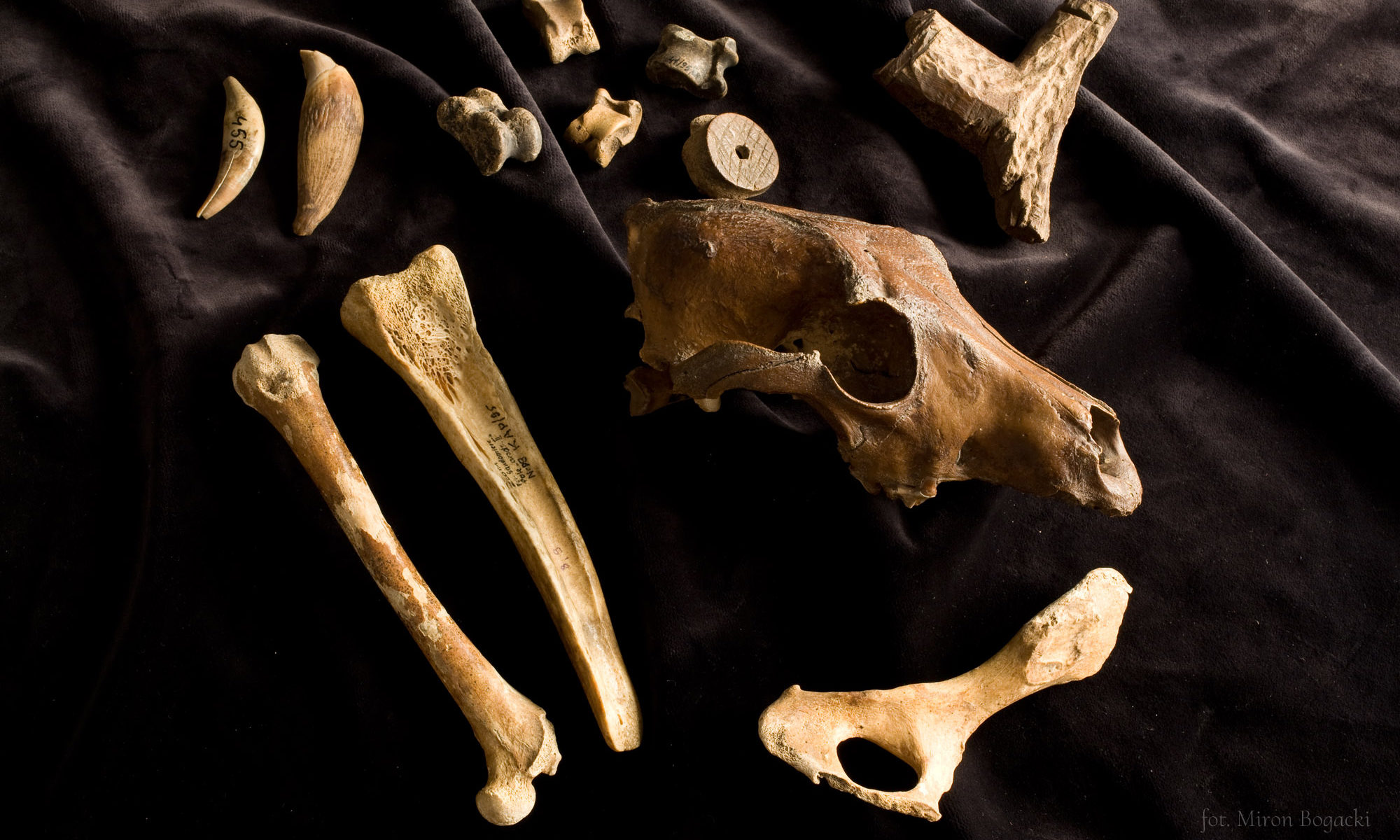Course Name: Archaeology of the Ancient Near East
Course Type: lecture & class
Lecturer, time & place: see course schedule
Archaeology of the Ancient Near East is an enormously broad field of knowledge. It encompasses studies on numerous regions with different cultures, such as Asia Minor, the Levant, Mesopotamia and Iran. Students participating in this course will need to learn not only specialist terminology related to various aspects of the culture and art of the Near East, but also to understand local peculiarities of individual regions. The course will encompass the following issues: changes in the ethnic structure of societies inhabiting the Near East region through the ages – this is naturally related to languages and writing systems, which were in use there; architecture, art and handicraft production in individual regions of the Near East; various aspects of everyday life as interpreted on the basis of traces of human activity discovered in the course of excavations. This requires students to get acquainted with numerous publications in various languages (English, French, German and Italian) and with iconographic material, such as albums and museum catalogues. Students are encouraged to undertake independent work apart from the classes, as it is the only way to consolidate detailed knowledge which was acquired during the class and to prepare for the next meeting.
Syllabus:
- Natural environment of ancient cultures. Physical geography, climate, flora, raw materials.
- Beginnings of civilisations. Origins of complex hierarchical societies of city-states (the Uruk Period).
- Great cultures of the 3rd millennium BC. Mesopotamia: the Early Dynastic Period, the Akkadian Period, the 3rd Dynasty of Ur Period (Ur III), Anatolia, Syria and Susiana in the Early Bronze Age.
- Time of Change: Amorite dynasties in Mesopotamia and Syria, the Old Hittite Kingdom.
- World of the Late Bronze Period: the Hittite Empire, the Hurrites, Syro-Palestine, Elam, Kassite Babylonia and the first Assyrian Empire.
- Great empires of the Iron Age: the Assyrians, the Babylonians, the Medes, the Persians.
- Around the great empires: Syro-Palestine, New Hittite states, Urartu.
- Cultural and social-political transformations of the Late Iron Age: universalism of the Achaemenid monarchy, its extent and contacts with the world of Greek civilisation. Mutual relations and interactions until the expedition of Alexander the Great, and the expedition’s results for the entire East.
Selected Reading:
Akkermans, P.M.M.G., Schwartz, G.M., The Archaeology of Syria. From Complex Hunter- Gatherers to Early Urban Societies (ca. 16 000–300 BC), Cambridge 2003;
Akurgal, A., The Hattian and Hittite Civilizations, Ankara, 2001;
Briant, P., From Cyrus to Alexander. A History of the Persian Empire, Winona Lake, Indiana 2002;
Bryce, T., The Kingdom of the Hittites, Oxford, 2005;
Bryce, T., Life and Society in the Hittite World, Oxford, 2002;
Frankfort, H., The Art and Architecture of the Ancient Orient, Yale, 1996;
Heinrich, E. Die Tempel und Heiligtümer im Alten Mesopotamien, Berlin, 1982;
Heinrich, E., Die Paläste im Alten Mesopotamien, Berlin, 1984;
Klengel, H., Syria 3000 to 300 B.C., Berlin, 1992;
Laughlin, J.C.H., Archaeology and the Bible, London, 2000;
Leick, G., Dictionary of Ancient Near East Architecture, London-New York, 2003;
Leick, G., Who’s Who in the Ancient Near East, London-New York, 2002;
Moscati S. (ed.), The Phoenicians, London-New York, 2001;
Orthmann, W., Der Alte Orient, Berlin, 1975;
Pollock, S., Bernbeck, R., Archaeologies of the Middle East, Oxford, 2005;
Potts, D.T., The Archaeology of Elam. Formation and Transformation of an Ancient Iranian State, Cambridge, 1999;
Reallexikon der Assyriologie und Vorderasiatischen Archäologie, Berlin, 1932-
Roaf, M., Mezopotamia (=Cultural Atlas of Mesopotamia and the Ancient Near East), Warszawa, 1998;
Sasson, J.M. (ed.), Civilizations of the Ancient Near East, 4 vols., New York, 1995;
Seidl, U., Bronzekunst Urartus, Mainz am Rhein, 2004;
Wartke, R., Urartu. Das Reich am Ararat, Mainz am Rhein, 1993;
Wiesenhöfer, J., Ancient Persia from 550 BC to 650 AD, London-New York, 2001.

